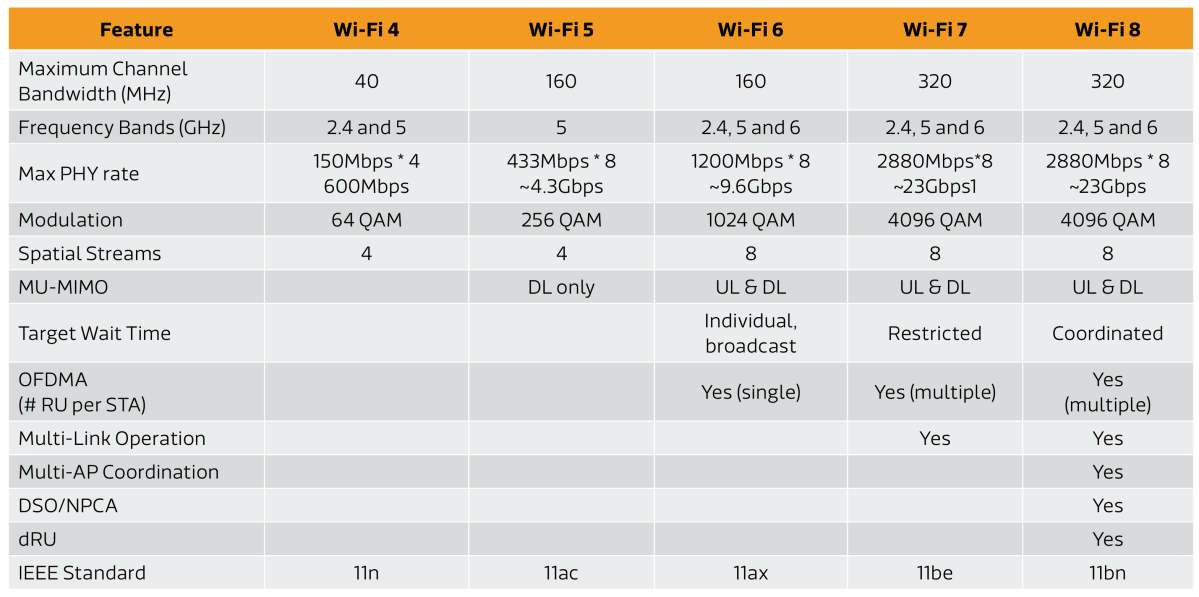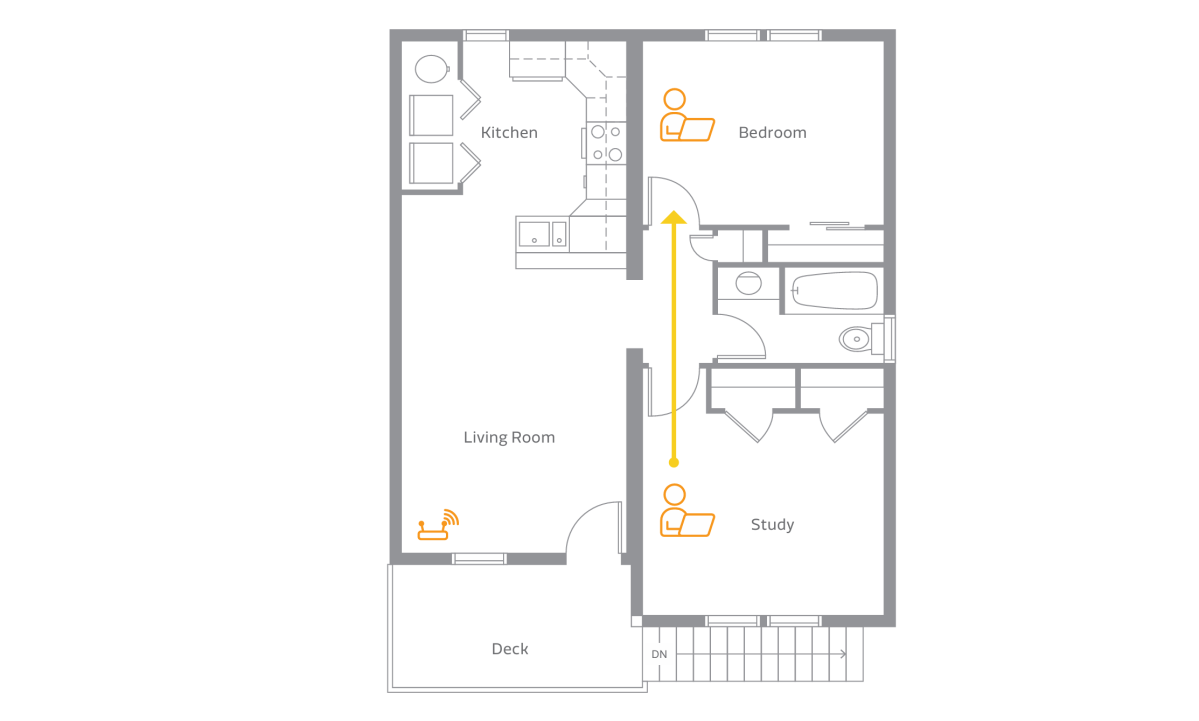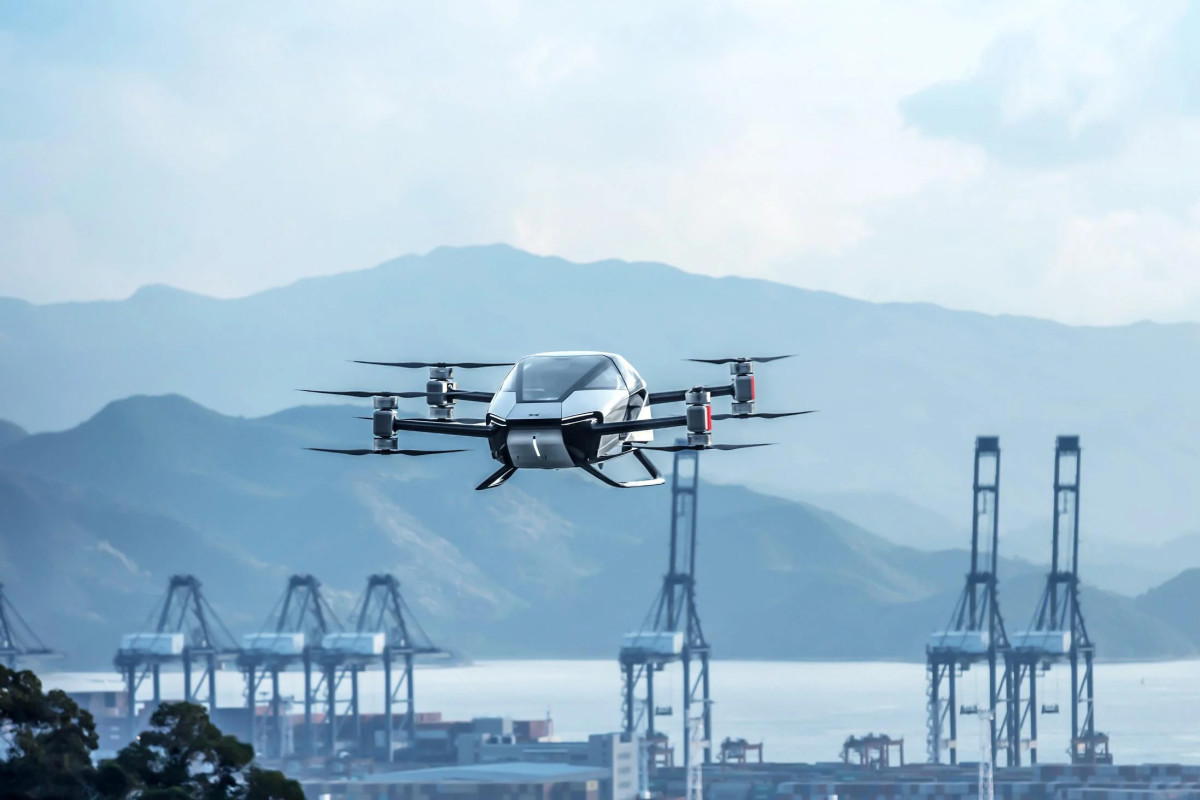The next generation of Wi-Fi, Wi-Fi 8, is currently being developed behind closed doors. This time, the emphasis isn’t on pure speed, but instead on improving the user experience.
Wi-Fi 8, known right now as IEEE 802.11bn Ultra High Reliability, still remains years away. Wireless technology is in a constant state of improvement: Each progression in the evolution of Wi-Fi takes several years to discuss, approve, and then deploy. Wi-Fi 7, the “current” standard, hasn’t even been formally ratified quite yet.
But that’s not stopping the development of Wi-Fi 8 behind the scenes, and we already know some details. MediaTek’s Filogic wireless division has released some of what you can expect, with the caveat that final details won’t be nailed down until the final specification is released around Sept. 2028.
The key phrase that you should think of in the context of Wi-Fi 8? Not peak throughput, but effective throughput.
Further reading: The 5 most dangerous Wi-Fi attacks, and how to fight them
Wi-Fi 8 will look a lot like Wi-Fi 7
According to the Wi-Fi Alliance and MediaTek, the United States isn’t the driving force behind the wireless evolution. Instead, it’s China: The country has 650 million broadband subscribers and more than a quarter have 1Gbps broadband connections to their homes. Overall, the average connection speed is 487.6Mbps, which grew 18 percent in a year’s time.

MediaTek
Theoretically, 802.11bn / Wi-Fi 8 set out (Word document, via the IEEE) to provide enough wireless bandwidth to accommodate your broadband gateway supplying a few gigabits per second, and factoring in the ability of Ethernet to provide even more. EverythingRF interpreted that 2022 document, known as Project Authorization Request (PAR), as one that would provide a minimum aggregate throughput of 100Gbps.
Since then, the PAR was approved in 2023, and the working group has begun hammering out more details. As of Nov. 2024, MediaTek believes that Wi-Fi 8 will look virtually identical to Wi-Fi 7 in several key areas: The maximum physical layer (PHY) rate will be the same at 2,880Mbps x 8, or 23Gbits/s. It will also use the same three frequency bands (2.4, 5, and 6GHz) and the same 4096 QAM modulation across a maximum channel bandwidth of 320MHz.
(A Wi-Fi 8 router won’t get 23Gbps of bandwidth, of course. According to MediaTek, the actual peak throughput in a “clean,” or laboratory, environment is just 80 percent or so of the hypothetical peak throughput, and actual, real-world results can be far less.)

MediaTek
Still, put simply, Wi-Fi 8 should deliver the same wireless bandwidth as Wi-Fi 7, using the same channels and the same modulation. Every Wi-Fi standard has also been backwards-compatible with its predecessors, too. What Wi-Fi 8 will do, though, is change how your client device, such as a PC or a phone, interacts with multiple access points.
Think of this as an evolution of how your laptop talks to your home’s networking equipment. Over time, Wi-Fi has evolved from communications between one laptop and a router, across a single channel. Channel hopping routed different clients to different bands. When Wi-Fi 6 was developed, a dedicated 6GHz channel was added, sometimes as a dedicated “backhaul” between your home’s access points. Now, mesh networks are more common, giving your laptop a variety of access points, channels, and frequencies to select between.
How Wi-Fi 8 will improve Wi-Fi technology
MediaTek sees several opportunities to improve the coordination between access points and devices. (To be fair, we’re identifying these as MediaTek’s efforts, only because we can’t be sure that they’ll eventually be approved by the 802.11bn working group for Wi-Fi 8 as a whole.)
Coordinated Spatial Reuse (Co-SR): This technology was first implemented in Wi-Fi 6 as Spatial Reuse. The problem occurred when there was a difference in transmission power between an access point “talking” to a nearby device, and simultaneously communicating with a second access point a great distance away. If the first access point reduced its power to communicate with the nearby device, it couldn’t be “heard” by the access point.
Wi-Fi 8’s Co-SR is a “maturation” of the Spatial Reuse technology, and will solve the problem by allowing the access points to talk to one another and coordinate their power output, MediaTek said. “Our preliminary trials show that Co-SR could increase the overall system throughput by 15 percent to 25 percent,” MediaTek says.

MediaTek
Coordinated Beamforming (Co-BF): There’s a trend here: Taking earlier Wi-Fi technologies and extending them to multiple access points. Spatial nulling was a feature that was launched in 802.11ac (Wi-Fi 5), which allowed the router to basically stop signaling in certain directions. By doing so, the router would send the signals to where they were requested, and avoid jamming devices that didn’t want to talk to the router.
This technique attempts to solve a fairly common problem in connected households, or in a public space served by Wi-Fi: two devices that sit very close to one another. Coordinated beamforming allows the access points to talk to one another, figure out which device wants the signal and which doesn’t, and align the mesh access point to “steer” the signal away from the device that isn’t communicating to the network by basically refusing to transmit to the region in which it sits.
“The throughput offered by Coordinated Beamforming (Co-BF) in next-generation MediaTek Filogic is significantly enhanced, with increases ranging from 20 percent to 50 percent in a mesh network setup with one Control AP and one Agent AP,” MediaTek said.
Dynamic Sub-Channel Operation: You’re probably aware that the latest devices support for the latest wireless standards, like Wi-Fi 7. But certain devices may also have more or improved Wi-Fi antennas that allow them higher throughput. In the past, that information would be passed to the router, and stored there.
That wouldn’t be a problem under most conditions. But in a scenario where a number of different devices were downloading the same file, DSO would create a dynamic scenario where a more advanced device would receive a subchannel for downloading the file, faster. The difference between the older approach and Wi-Fi 8’s DSO would be that the access point would be able to decide, “knowing” the capabilities of each device and what they were asking for, and route the data accordingly.
Here, MediaTek believes that DSO could push data throughput 80 percent higher than without the technology.

MediaTek
New data rates: You may not be aware of what’s called the MCS Index, the Modulation Coding Scheme for Wi-Fi. It’s basically a table to help your Wi-Fi router determine what the link speed should be, so that you can actually connect and stream data without errors. If your throughput slows down as you move around your house, that’s in part due to your device and router “deciding” what connection speed your device should stream at.
The problem, MediaTek believes, is that the “step” down to slower rates is too profound, and additional gradations should be introduced, such as 16-QAM with a 2/3 coding rate. The idea would not be to introduce sharp drops and increases in throughput as you moved your phone or laptop around the home, but smaller increments. Again, MediaTek believes that these finer MCS divisions can improve overall transmission rates between 5 percent and 30 percent.
A change of pace
Again, the evolution of Wi-Fi 8 depends on how quickly the standard moves through the regulatory process. Wi-Fi 7 (802.11be) was expected to be approved this past September, and it has not, yet. Sony’s PlayStation 5 may not be approved for India because the country has yet to approve the 6GHz wireless channel that the Wi-Fi 7 standard depends upon. That would hinder Wi-Fi 8, too.

MediaTek
Wireless standards take about six years to develop — and impatient hardware makers rarely wait. As MediaTek notes, Wi-Fi 7 products have shipped since the end of 2023, even though the standard hasn’t been formally approved. In part, that’s because the IEEE committee in charge of the standard rarely makes dramatic changes between the approval of the draft standard and the final standard. For Wi-Fi 8, the first products are expected to be available in early 2028, even as the final approval should be due by the end of that year.
It’s worth noting, however, that the race to perpetually higher and higher speeds is pausing, for now, in two different segments of the PC market. CPUs have slowed their rush toward higher clock speeds — at Qualcomm and at Intel — in favor of lower power. With Wi-Fi 8, the emphasis now appears to be on improving the overall user experience first and foremost.
Correction: Wi-Fi 8 will use the 2.4GHz frequency band, not the 2 and 4GHz frequency bands. The author sincerely regrets that error.
via PCWorld https://www.pcworld.com
December 26, 2024 at 11:05AM






